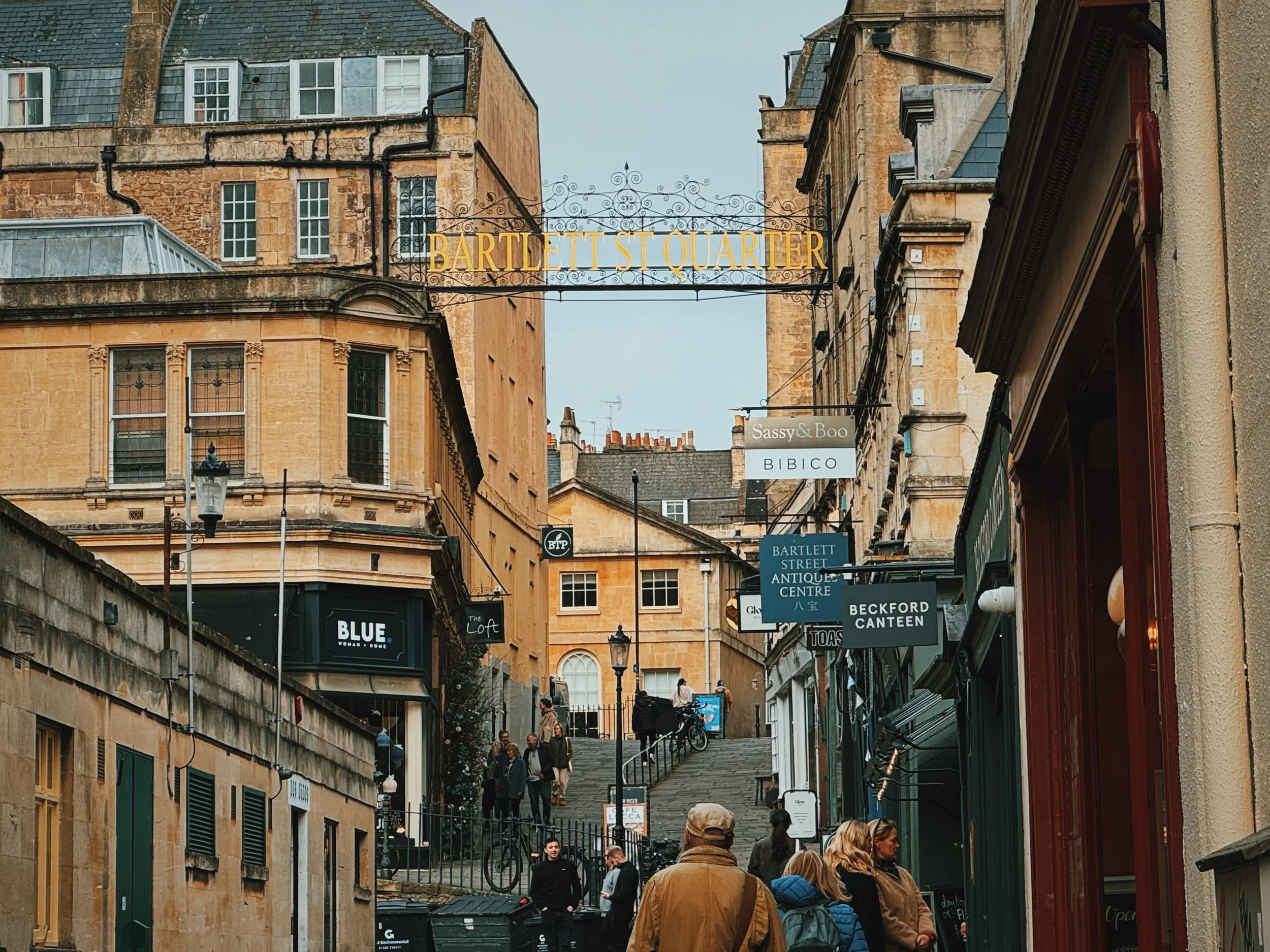balance theory
I’d like to go on record that I’m very grateful for what technology has brought to my life. It’s a pretty safe argument that everything I enjoy about my career evolved from the first moment I opened my laptop and launched the Typepad blogging platform. I wouldn’t be an author now if it weren’t for that technology back then — and admittedly, many of the social media platforms that launched since. Most of my closest friendships today exist because we connected through technology, either because we read each other’s blogs, or found each other on social media. I appreciate how technology has helped the world: computers keep getting better. Cameras keep getting better. Phones keep getting better. Medical diagnostics, car safety, even travel — all better because of technology. I love technology, is what I’m saying.
But, man, oh man, some aspects of technology deeply trouble me. The way that I can lose actual chunks of time by scrolling on my phone — because the algorithms are designed to make this happen, by the way — is concerning. The way governments have been using social media to foment our disconnection from each other and spread disinformation is terrifying. I worry that even the way technology is used to make our lives easier can have a chilling effect on our interconnectedness. For example, at one point in his latest book, the utterly delightful author Ross Gay went on a bit of a rant about how QR codes have replaced so many menus in restaurants (a vestige of the coronavirus pandemic, no doubt). In speaking about the delight of a paper menu, he says: “And when you’re done ordering with a paper menu — and in this way, it’s like cash — you get to place it, with your actual precious hands if you have them, back into your server’s actual precious hands. Which you might also do while making eye contact. And smiling. And saying thank you.”
He’s not wrong.
And don’t even get me started on artificial intelligence — I still have nightmares about those Tom Cruise deep fakes that were flying around the internet a few years ago. When I scroll through my Instagram feed, it’s disorienting that there are times when I don’t know if an actual photographer made the image I’m so struck by. And when, not too long ago, I was writing a blog post on my current blog platform and noticed a little lightning bolt icon that I hadn’t seen before, I was dismayed to find that clicking it prompted an AI message that said, “allow us to write your blog post for you!” Are you kidding me?
All this was why this weekend, while watching a video of actor Stephen Fry reading a letter written by Nick Cave about ChatGPT and human creativity, I whooped so loudly I startled both Marcus and the dog (note, there’s some salty language, so be careful listening to this at work or within earshot of young ones):
“… a moral imperative: in short, Love.” Exactly, Nick Cave!
But of course, the advancement of technology marches on. We can hope that legislation and regulation eventually catch up (the European Union has already taken a stab at it), but there’s no guarantee that the dangers of advanced technology will go away or be curtailed any time soon. And despite my inner Luddite, it’s not like I’m going to give up on the ease that technology brings to my life — but how can I do so in a way that doesn’t make me feel like I’m succumbing to everything I’m railing against?
So I’ve been thinking about this a lot, lately, and a potential answer came to me as I was processing my photos.
I’m not particularly proficient in Photoshop (a piece of technology I love, by the way), and the processing of my photos is generally pretty minimal. But one thing I do play with is colour balance. I use the colour balance tool because my camera isn’t always capable of capturing the thing that arrested me when I stopped to take the photo — for example, the vibrance of the lantana flowers in the image at the top of this post. The way the camera interprets the light can make the colour seem a bit off, so I try to rectify what I can with the tool.
But the thing about the tool is that it’s not like you just “take away the red” or “delete some yellow.” The tool balances based on a spectrum: if the image feels too red, add some cyan. If it feels too magenta, add some green. The image feels too blue? Increase the yellow.
If it feels too much, add the opposite, just like a see-saw: achieve balance by adding the counterbalance.
And so, when technology feels too overwhelming, too ever-present, or just too much? We can commit to adding the counterbalance.
Used the self-check-out all week? Counterbalance by going to the manned check-out counter a few times, to reconnect — in the words of Ross Gay, make eye contact. Smile. Say thank you.
Spending too much time consuming streaming television services? Commit to spending an equivalent amount of time creating art — especially if it’s offline, requiring no technology whatsoever. Or do something that requires true connection — having a phone-free coffee with friends, or playing a sport, for example.
Looking at a screen every day? Commit to also reading an actual book every day. Feel its weight in your hands. Listen for the spine crack as you open a new one. Or if reading doesn’t appeal, handwrite thoughts in a journal.
Maybe the way to fight the negative of technology is to add the positive of analogue, is what I’m saying. Maybe the way to fight disconnection is to add connection. Maybe the way to fight consumption is to add creation.
Maybe. At the very least, I figure it’s worth a shot.
We might be, after all, fighting for the very soul of the world.



















a reminder of cadence.